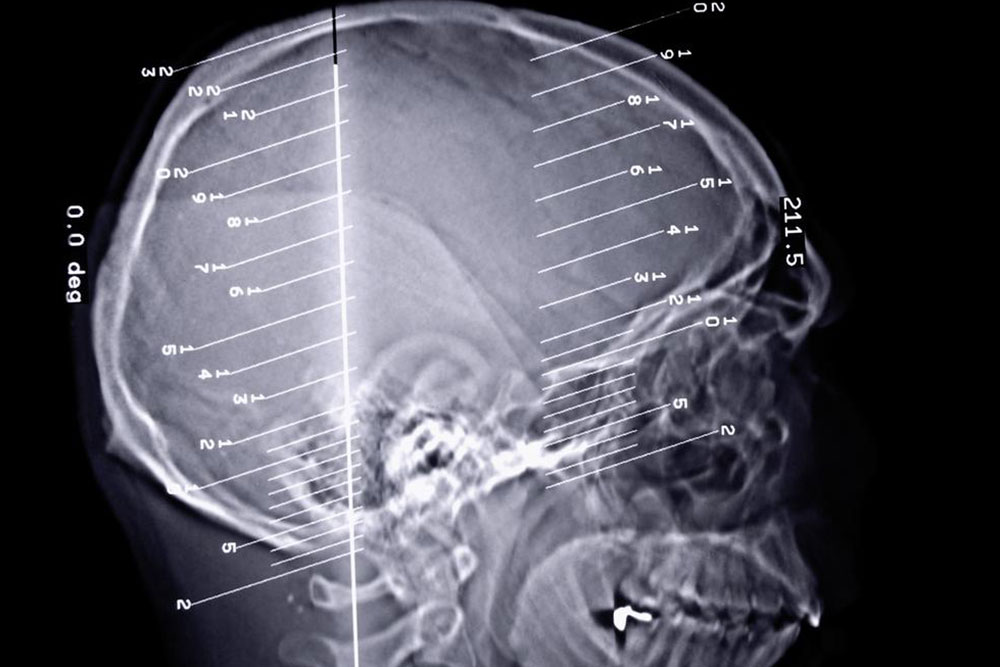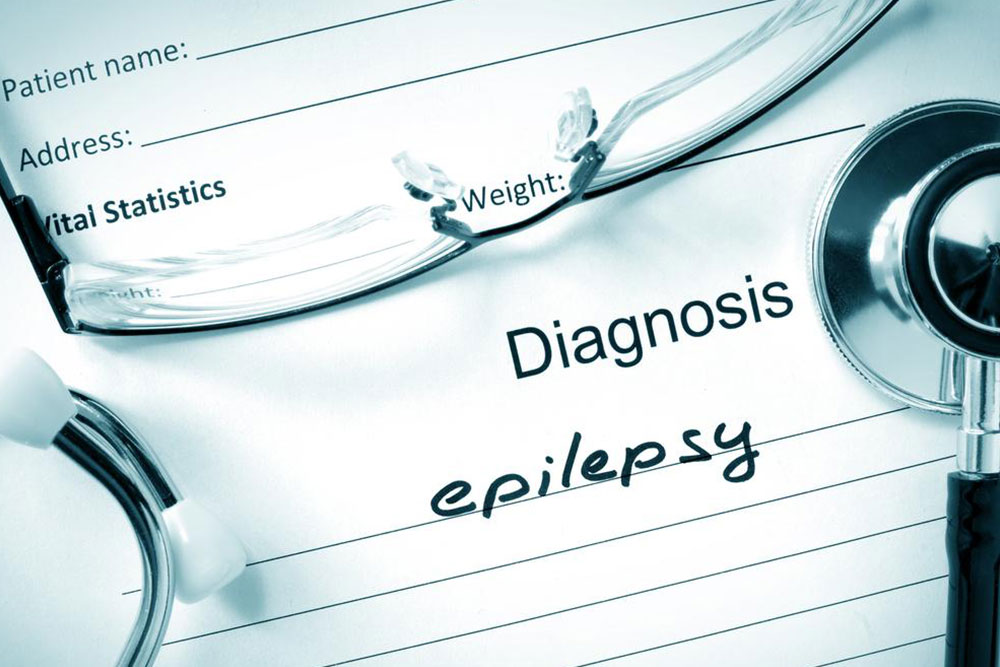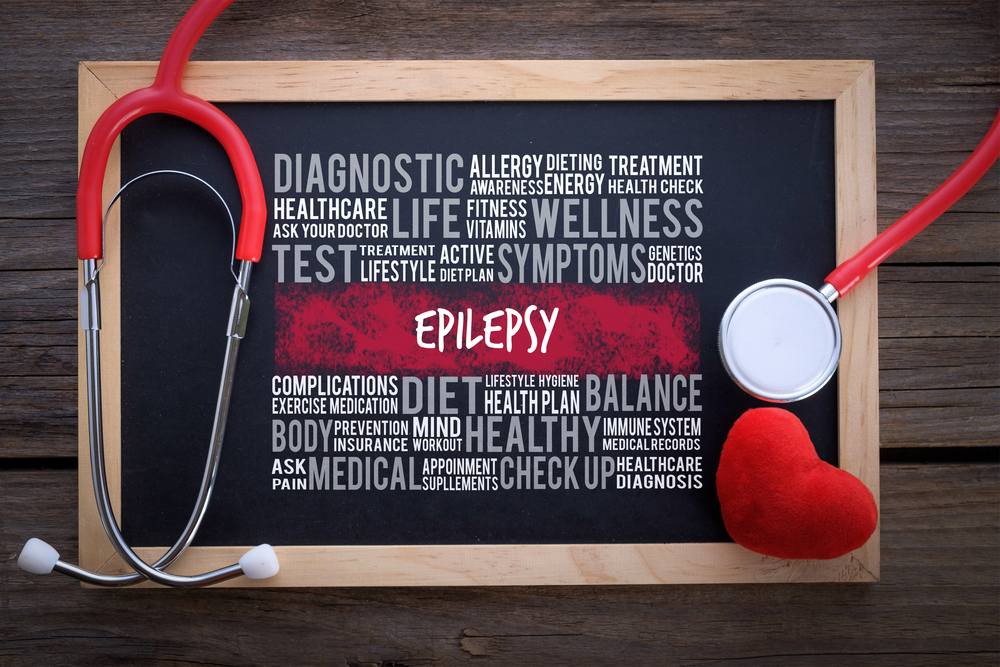Understanding the Signs and Variations of Epileptic Fits
This article explores the various types of epileptic seizures, their symptoms, and differences. It provides insights into focal and generalized seizures, highlighting their symptoms and implications. Understanding these variations aids in timely diagnosis and effective management of epilepsy. Treatment options range from medication to surgical interventions, with many individuals experiencing significant improvement. Support and awareness are vital for those affected. This comprehensive guide aims to educate readers about the symptoms and types of epileptic seizures, promoting better understanding and tailored healthcare approaches.

Understanding the Signs and Variations of Epileptic Fits
Epilepsy is a neurological disorder characterized by recurring seizures caused by abnormal electrical activity in the brain. An individual is diagnosed with epilepsy after experiencing two or more seizures within 24 hours. Symptoms can range from uncontrolled muscle jerks to brief lapses in consciousness. Understanding these signs is essential for proper diagnosis and management.
Types of epileptic episodes and their manifestations
Epileptic episodes are mainly grouped into focal seizures and generalized seizures.
Focal seizures begin in one specific hemisphere of the brain, with symptoms depending on the affected region. They are categorized further into:
Focal aware seizure — where consciousness remains intact, presenting symptoms like:
Sudden feelings of fear or anger
sensations of falling or movement
Altered hearing perceptions
Speech difficulties or inability to speak
Hallucinations or illusions if asleep
Focal impaired awareness seizure — involving unilateral brain activity that causes awareness impairment. Common signs include:
Déjà vu experiences
Feelings of euphoria or depersonalization
Automatisms like lip smacking or swallowing
Generalized seizures affect both halves of the brain and usually appear without clear triggers. The main types include:
Tonic-clonic seizures — also known as convulsions, impacting the whole brain. They include:
Muscle stiffening followed by limb extension
Cries or groans from chest muscle contractions
Loss of consciousness leading to falls
Biting of tongue or cheek
Absence seizures — brief lapses in awareness, often lasting seconds, characterized by staring, blinking, and subtle movements. They are divided into typical (less than 10 seconds) and atypical (up to 20 seconds).
Atonic seizures — sudden muscle tone loss causing limp bodies or head drops, lasting up to 15 seconds.
Tonic seizures — sudden body stiffening, often with breathing difficulties, lasting around 20 seconds.
Clonic seizures — rhythmic jerking movements, usually lasting less than two minutes.
Myoclonic seizures — brief muscle twitches or jerks, sometimes causing limb flinging or head jerking; they may occur in infants or severe cases, impairing functions like walking or talking.
Epilepsy results from genetic factors or acquired brain injuries. Treatment varies, including medications, dietary changes, or surgeries. Many individuals find relief over time and can stop treatment. Support and understanding from loved ones are crucial for managing epilepsy effectively.










